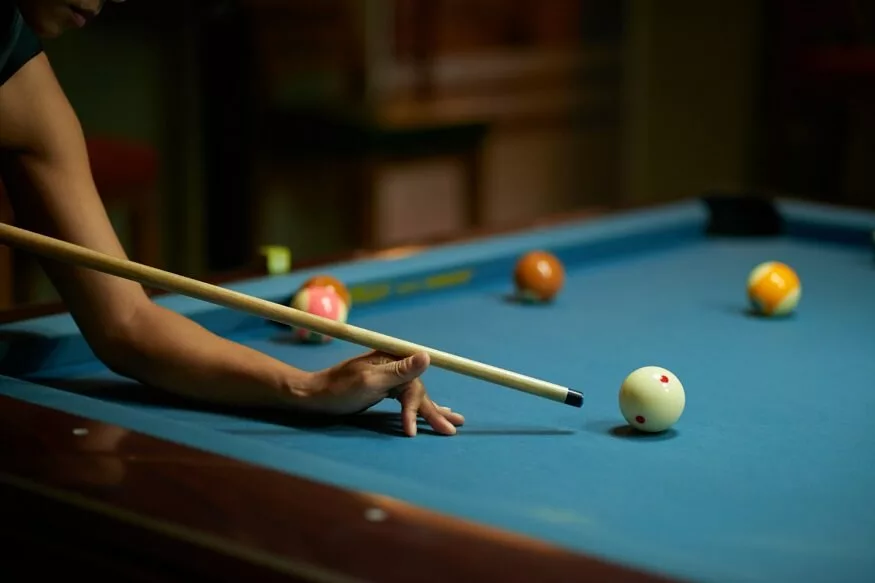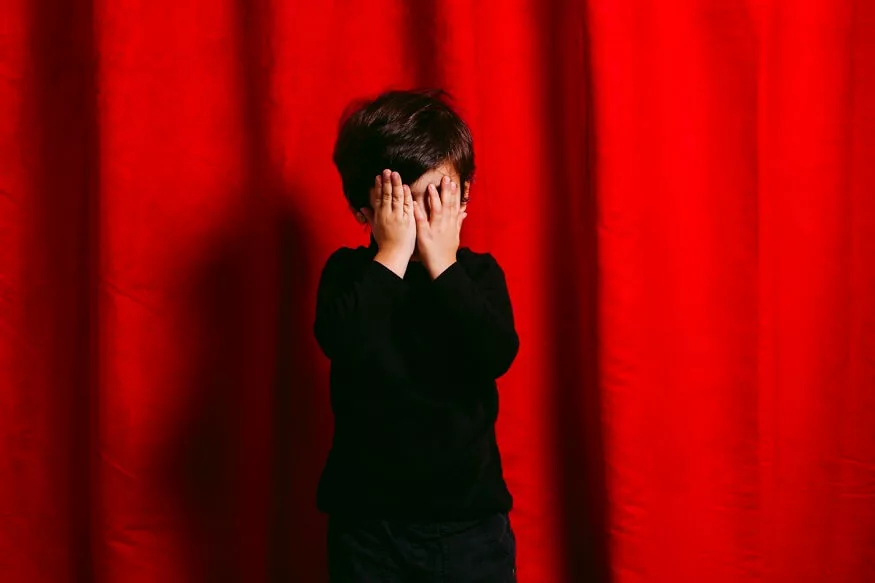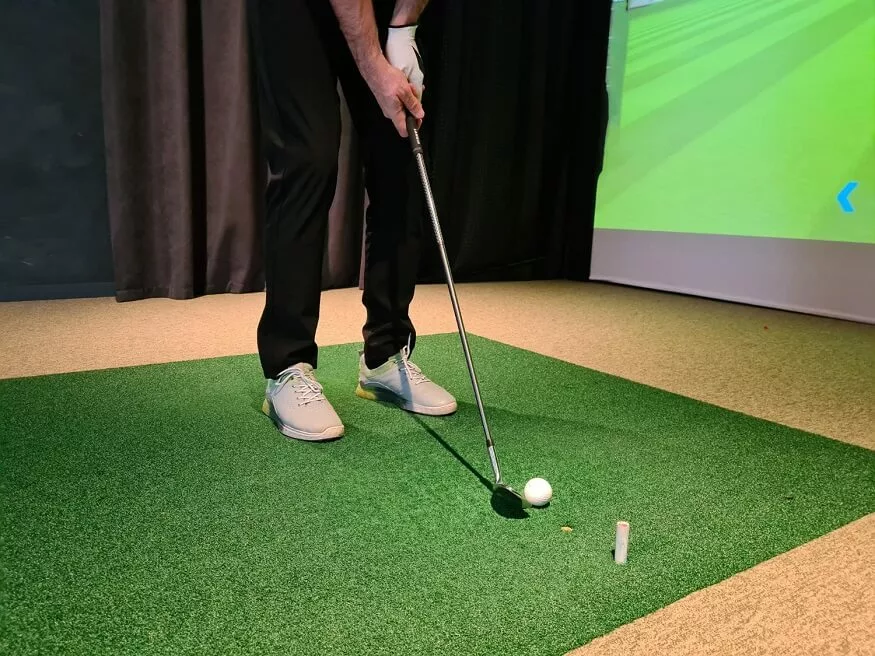Billiards, Pool, and Snooker are a set of popular table sports that enjoy huge popularity amongst players of all ages all across the world. These are played indoors and require a high degree of hand-eye coordination, strategic and tactical thinking and accuracy. Ideal games for those who are looking to enjoy competitive and fun sports without requiring much physical strain or athleticism. This is the reason why players of all ages, young and old, can engage in these sports and learn them with ease.
The terms Billiards, Pool, and Snooker are frequently used interchangeably because they all involve cue sticks, tables, and balls.
Consequently, many people do not grasp the subtle distinctions among these games. However, while these games may appear visually similar, they possess nuanced differences in gameplay.
Also Read: Importance & Benefits of Extra Curricular Activities for Students
History
Billiards can be traced back to the 15th century and the 1600s when the game truly evolved into much of what we see today. The game of pool emerged as a variation of billiards itself.
Snooker was introduced much later in the 1800s. India has also known popular names such as Pankaj Advani and Geet Sethi who have won championships at the global level.
Pankaj Advani holds the most titles in billiards and snooker, and he has the most world titles for any Indian athlete. Geet Sethi is a five-time pro world champ and a three-time amateur world champ in billiards, with two world records in English billiards.
Also Read: Benefits of Sports for Students and Children
The Differences
Billiards (or carom billiards) is played on a table with three cue balls – a red ball, a white ball with a dot, and another white ball with no dots. The table does not have any pockets.
Pool (or pocket billiards) on the other hand is played with 15 balls. The table has six pockets – four at each corner and two pockets in the middle of the two longer edges. Pool has variations such as eight ball, nine ball, and 10 ball pool.
Snooker is a slight variation on pool, with a larger table and relatively smaller pockets.
While there are these subtle differences, the key to all three games is one’s ability to control the cue ball with the stick and the understanding of reflection and angles to pocket the balls to win games.
This blog presents certain tricks to control the cue stick and the balls that can be used by those who are looking to pick up these games.
Also Read: How to choose right sport for your child
Gripping the Cue
The most critical element of cue ball control is the cue grip. Most players make the mistake of gripping the cue too tightly. They are mistaken in thinking that the tighter you grip the cue the better control and power you generate. The cue grip should be loose and light. By holding the cue too tightly you might end up hitting the ball at its base resulting in the ball bouncing off the table.
Let the cue rest softly on your fingers and create a smooth mount on the other hand to achieve better control and fluidity in your shot-making.
Also Read: How to prepare your child for sports season
Shooting Stance
Your body posture while making the shots is equally critical to cue ball control. You need to have one foot towards the table (front foot) and the other foot (rear foot) at a shoulder-width distance from the front foot. This balances your weight and gives you stability while making shots. Put your front foot straight and your back foot at a 45-degree angle. You can adjust your stance for comfort when taking shots.
Also Read: English Football: All football vocabulary words you need to know
Align your body
Alignment of your body with the cue and with the direction of your intended shot is another critical element to ensure accuracy in your shot-making. Your hands, shoulders, your head, your torso and your legs should be aligned optimally and only then you will achieve consistent accuracy in your shots. Centre the cue tip to the centre of the ball, align your chin to the cue and practise seamless stroking movements with the cue, coming close to the centre of the ball a few times before making the actual shot. The rhythmic movement of all elements of your body along with the cue is pivotal to the quality of your shots.
Visualise the trajectory
The trajectory that you visualise is most likely the trajectory the cue ball will follow. You need to visualise the strike points of your cue ball and the target ball and the trajectory they will take after the hit. Visualise that trajectory to connect to the vantage point you want the target ball and the cue ball to end up at. If you are looking to pocket a ball, visualise the trajectory towards the centre of the pocket you are targeting to sink the ball into.
Bridge is critical
The bridge is the mount that you form with your non-shooting hand. The bridge that you make with your hand is the portion on which the pointed end of the cue rests and slides through while making the shot. The formation of the bridge is one of the most significant contributors to the quality of the shot you end up making. Gentle place your four fingers on the table and the thumb to form a “V” shaped bridge. The fingers should be optimally spread to give a solid base to the bridge on which the cue stick will operate. The height of the bridge can be altered by expanding or contracting your palm to lift the bridge up or down.
The height of the bridge depends on the kind of shot you are taking, and the spin and cut you are aiming for. Bridges could be of various types – open bridge, closed bridge, rail bridge, over-the-ball bridge, etc. depending on the situation and position of the shot you are trying to make
Billiards and pool may appear simplistic in the first look however the technicalities and complexities are umpteen once you fully engross yourself in the game.
For more such interesting blogs, Visit EuroSchool










